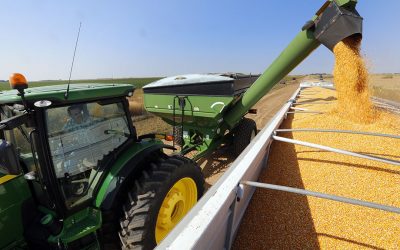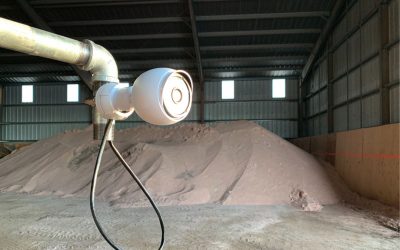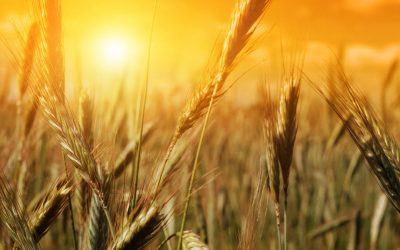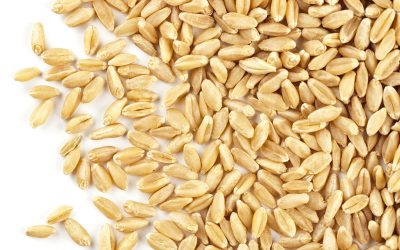Ethanol co-products more valuable for fuel
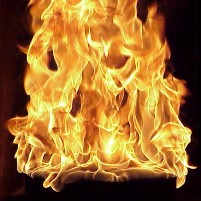
When assessing the energy balance, as well as the economics, of ethanol production some producers believe it may be more effective to use the DDGS co-product as a fuel source rather than an animal feed, reports Nicholas Zeman in the October issue of Ethanol Producer Magazine .
Biofuel isn’t valuable unless it contains more energy than it takes to
produce. Ethanol critics have long accused the renewable fuel of being a
net-energy loser.
However, studies show that distillers’ grains
contribute to the fuel’s positive energy balance.
The long-term upward
trend in natural gas prices makes many other forms of power competitive. For
ethanol producers it may be more efficient to burn distillers’ grains than to
cultivate a group of buyers.
Ethanol producers don’t have to transport
the product if they use it as an on-site biomass power source, and some
companies already tout equipment that can convert stillage (grains and liquid
effluent remaining after distillation) into methane.
NewBio E Systems Inc
in Minnesota makes a strong case for ethanol plants to convert thin stillage to
methane and use the biogas to power the processing and distillation needs of the
facility.
According to NewBio processing thin stillage into distillers
dried grains with solubles (DDGS) consumes energy, while processing thin
stillage into methane produces energy.
Energy or feed
product?
While the energy markets are making it more appealing to
consider distillers grains as a power source, the ethanol co-product is still
making its mark in the animal feed market.
If a trend surfaces among
refineries to burn distillers’ grains, however, there is concern that the
ethanol industry could further squeeze the corn market and put more pressure on
livestock producers.
Ultimately, economics will be the deciding factor in
whether ethanol producers seek the feed or energy market for distillers’
grains.
Click here to read the full article in Ethanol
Producer magazine.




